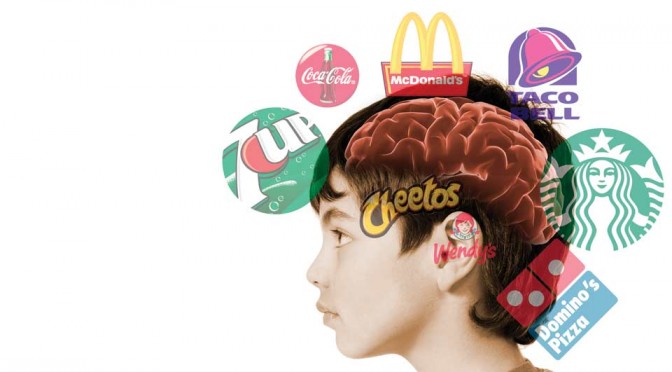Drs. Jared and Amanda Bruce are a great team — both inside and outside the academic realm — when it comes to examining the relationship between brain function and health.
This husband and wife duo are using neuroimaging to uncover how the brain responds to various food-related stimuli with the ultimate hope that knowledge from their research can impact two critical components of national health outcomes: decision-making on the individual level, and the marketing that influences those decisions.
The Bruces began collaborating in graduate school at Penn State.
“We co-authored several studies and later worked in the same clinic doing psychotherapy,” Jared says.
Today, Jared serves as associate professor and director of the Clinical Neuropsychology Lab, while Amanda heads UMKC’s Behavioral Rewards and Incentive Networks (B.R.A.I.N.) Lab.
The couple collaborated on an ongoing project with researchers at University of Kansas Medical Center to investigate the implications of bariatric surgery on neural networks and, most recently, had a paper accepted for publication in Obesity.
“The bariatric study looks at brain changes in people who’ve lost a significant amount of weight with bariatric surgery versus those who’ve lost weight with behavioral dieting,” Amanda says. “What we discovered is that when shown pictures of food, study participants who’ve lost weight with behavioral dieting showed increased activity in the prefrontal cortex, which is associated with things we value.”
Amanda’s work in the B.R.A.I.N. Lab also has garnered national attention for its findings on how advertising affects children’s brains. The study found that the brain of obese children respond with less activation than healthy weight children’s brains in areas associated with self-control.
According to Amanda, it raises the question of whether it is ethical to market unhealthy food to children. Many companies already seem to be deciding that it’s not. In 2013, Taco Bell dropped kids’ meals from its menu, and The Walt Disney Co. enacted new regulations to promote healthy eating.
Amanda is now recruiting participants for a study to build upon her research on the neurological effects of food advertising. Her next study will examine brain response to food decision-making in kids. In addition, she is collaborating with food economists at Kansas State and Oklahoma State Universities to examine adult-consumer responses to various types of controversial food technologies.
And while Jared’s brain research niche remains primarily in neurological disorders, he also studies multiple sclerosis and is working with the National Hockey League on preventing, assessing and treating concussions.
Jared and Amanda say they enjoy collaborating formally on the bariatric study and informally on all of their projects. “Teamwork at its best,” he says.
Bariatric Weight-Loss vs. Diet Weight-Loss
The Goal:
To examine the neural mechanisms underlying weight loss and how those mechanisms differ according to the method of weight loss.
The Method:
Fifteen obese participants were recruited prior to bariatric surgery and 16 obese participants were recruited prior to a behavioral diet intervention. MRI scans, during which the parients were shown a series of food and non-food images, were conducted before and 12 weeks after surgery/behavioral intervention.
The Surprise:
The participants who lost weight via behavioral means showed increased activity in the prefrontal cortex – which is associated with things we value.
Top 10 fast-food logos that light up kids’ brains
- Dr Pepper
- Pizza Hut
- Coke
- Wendy’s
- Cheetos
- Domino’s
- McDonald’s
- Starbucks
- Taco Bell
- 7-Up
Pediatric Logo Study
The Goal:
To evaluate brain activation in response to common food and nonfood logos in healthy weight and obese children.
The Method:
Ten healthy weight children and 10 obese children underwent MRI scans while viewing food and nonfood logos.
The Surprise:
“We anticipated that brain activity would differ between the healthy-weight and obese children when looking at these logos,” says Amanda, “but were surprised by how they differed.”

